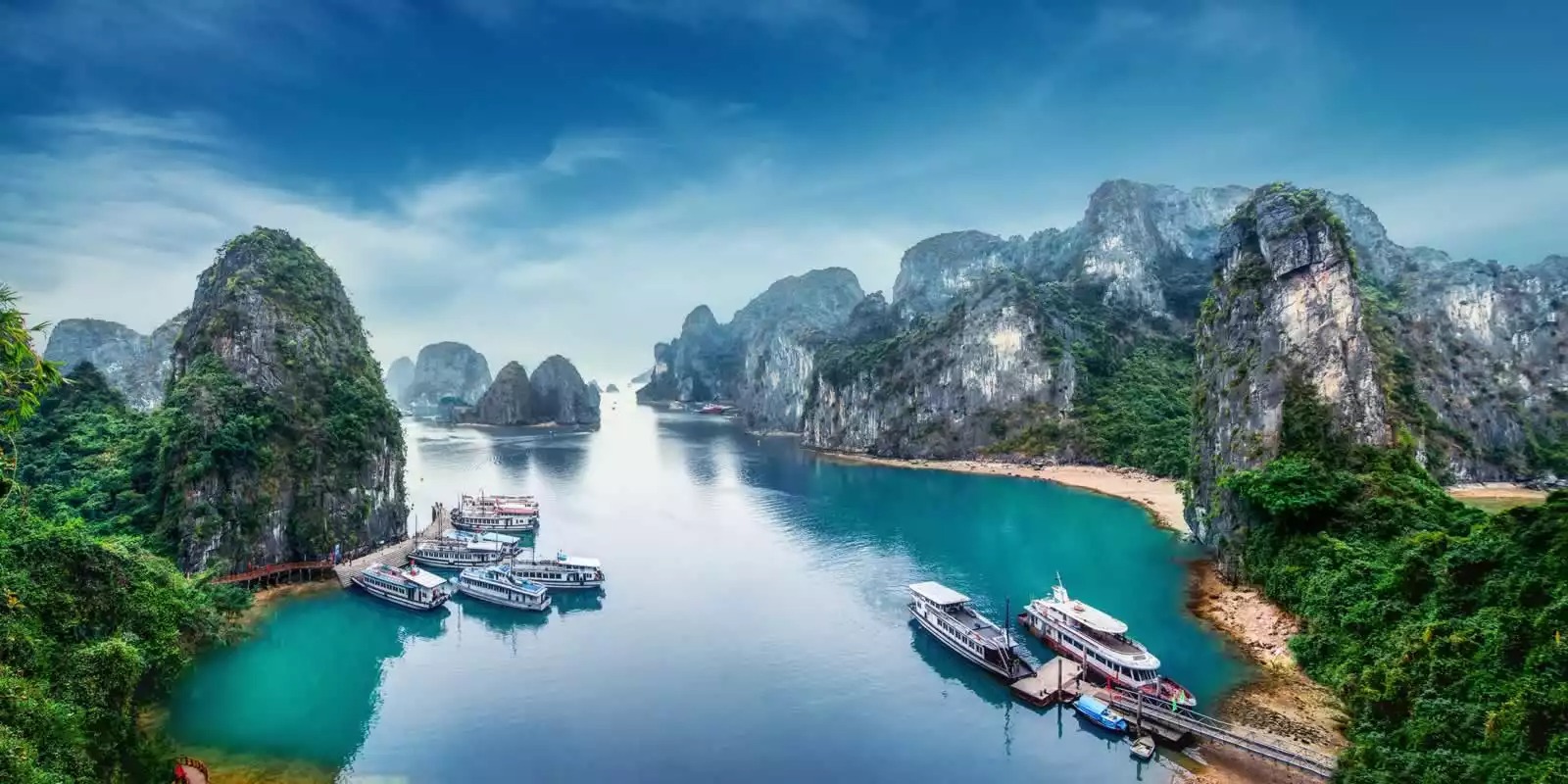The cultural heritage of Bangladesh is a rich and colorful mosaic shaped by centuries of history, diverse religions, ethnic groups, and vibrant traditions. From ancient rituals to modern-day festivals, the cultural heritage of Bangladesh reflects unity, resilience, and a deep love for arts, music, and celebration. Whether you’re exploring rural villages or bustling cities, the Cultural heritage of Bangladesh is present in every aspect of life — from the food people eat to the clothes they wear, the languages they speak, and the customs they follow. The cultural heritage of Bangladesh is not confined to museums or monuments; it’s alive in the day-to-day interactions, festivals, religious practices, and oral storytelling traditions. The cultural heritage of Bangladesh has evolved over time, shaped by Hindu, Buddhist, Islamic, and tribal influences, making it incredibly diverse and inclusive. The cultural heritage of Bangladesh is expressed through traditional crafts, folk music, classical dance, religious harmony, and centuries-old architectural wonders. The cultural heritage of Bangladesh also includes vibrant community celebrations like Pahela Baishakh, Eid, Durga Puja, and Buddha Purnima. It is impossible to understand the spirit of the people without acknowledging the cultural heritage of Bangladesh. At every level—local, regional, and national—the cultural heritage of Bangladesh serves as a symbol of identity, pride, and continuity. With each generation, the cultural heritage of Bangladesh is passed down, preserved, and adapted, ensuring that its legacy endures.
A Tapestry of Traditions
The cultural heritage of Bangladesh thrives on centuries-old traditions that are still cherished in the modern era. From the rural heartlands to the urban neighborhoods, traditional practices such as weaving, pottery, and boat-making are still alive. These crafts are part of the everyday economy and are deeply rooted in the cultural heritage of Bangladesh. In many villages, Nakshi Kantha embroidery continues as a form of storytelling through threads, symbolizing the artistic spirit of the country. The cultural heritage of Bangladesh also includes unique wedding customs, regional cuisines, language dialects, and agricultural festivals like Nobanno.
Folk songs such as Bhatiali, Baul, and Jari carry the spiritual and emotional depth of the cultural heritage of Bangladesh. Baul singers, in particular, represent a mystical form of spirituality that blends religious boundaries and promotes peace. Traditional dance forms such as Jatra and Lathi Khela are performed during festivals, reinforcing the bond of communities. These elements not only preserve the cultural heritage of Bangladesh but also bring people together across age and background.
Festivals: The Living Expression of Heritage
The most vivid showcase of the cultural heritage of Bangladesh is found in its festivals. Pahela Baishakh, the Bengali New Year, is perhaps the most significant cultural celebration in the country. It marks a fresh start and is celebrated with colorful processions, traditional music, rural fairs, and food stalls selling panta-ilish. This event is an excellent representation of the inclusive cultural heritage of Bangladesh, where people from all backgrounds join together.
Religious festivals are another strong pillar of the cultural heritage of Bangladesh. Eid-ul-Fitr and Eid-ul-Adha are celebrated with enthusiasm among Muslims, while Durga Puja is the most important festival for Bengali Hindus. The Buddhist community celebrates Buddha Purnima with prayers, candles, and teachings of peace. Christmas is also celebrated with warmth among the Christian population. These diverse celebrations illustrate the harmony and coexistence that define the cultural heritage of Bangladesh.
In addition, festivals like Borsha Mela (Rain Festival), Lalon Mela, and the Dhaka International Folk Fest further reflect the artistic and musical richness of the cultural heritage of Bangladesh. They act as platforms for local talent, traditional attire, and native cuisine, reviving cultural pride among the younger generation.
Why Choose Us
We specialize in curating authentic cultural experiences that connect travelers and learners with the real essence of the cultural heritage of Bangladesh. Our team of cultural historians, local guides, and heritage conservationists ensures each journey is insightful and respectful of traditions. Whether you’re a researcher, documentary filmmaker, cultural enthusiast, or tourist, we offer guided tours, workshops, and immersive experiences that go beyond typical sightseeing. We don’t just show you the cultural heritage of Bangladesh—we help you feel it, taste it, and become a part of it. With our deep local connections and passion for heritage, we make sure your experience is both memorable and meaningful.
Role of Community in Preserving Heritage
One of the most remarkable aspects of the cultural heritage of Bangladesh is how it is preserved by the communities themselves. Local artisans pass on their knowledge through apprenticeships. Folk musicians train the next generation without formal education systems. Village elders serve as oral historians, recounting ancient stories and legends. The cultural heritage of Bangladesh is a living tradition, actively kept alive by ordinary people. Schools, NGOs, and cultural institutions are also stepping in to support the revival of endangered traditions and languages. In rural festivals and urban art fairs alike, the cultural heritage of Bangladesh continues to evolve while retaining its original charm.
The Importance of Cultural Tourism
Cultural tourism plays a vital role in promoting the cultural heritage of Bangladesh. By supporting local craftsmen, participating in festivals, and learning traditional dances or cooking, tourists can help sustain heritage practices. Properly managed, tourism can be a powerful tool for economic development and cultural preservation. It provides funding for museums, performance troupes, and restoration of historical sites—all key elements of the cultural heritage of Bangladesh. We ensure our tours are responsible and benefit local communities directly.
FAQs
Q1: What are some examples of the cultural heritage of Bangladesh?
Examples include traditional crafts, folk music, classical dance, regional cuisines, religious festivals, and historical architecture.
Q2: How is the cultural heritage of Bangladesh preserved?
It is preserved through community practices, oral traditions, festivals, school programs, government support, and cultural tourism.
Q3: Can tourists experience the cultural heritage of Bangladesh firsthand?
Absolutely! Tourists can join festivals, attend craft workshops, enjoy folk performances, and even stay in rural homestays.
Q4: Are there any UNESCO-recognized elements of the cultural heritage of Bangladesh?
Yes, the Baul songs of Bangladesh have been recognized by UNESCO as an intangible cultural heritage of humanity.
Q5: Why is the cultural heritage of Bangladesh important for future generations?
It builds a sense of identity, preserves historical knowledge, and strengthens social bonds across diverse communities.
Celebrating and Safeguarding a Timeless Legacy
The cultural heritage of Bangladesh is more than history—it’s a living force that shapes how people celebrate, create, and connect. As modernization accelerates, it is more important than ever to preserve and promote the cultural heritage of Bangladesh. By participating in its traditions, respecting its values, and supporting its festivals, we not only honor the past but also invest in a vibrant, inclusive future. Whether you’re witnessing a village fair, listening to a Baul song, or tasting traditional sweets during Eid, you’re experiencing the soul of the cultural heritage of Bangladesh.



